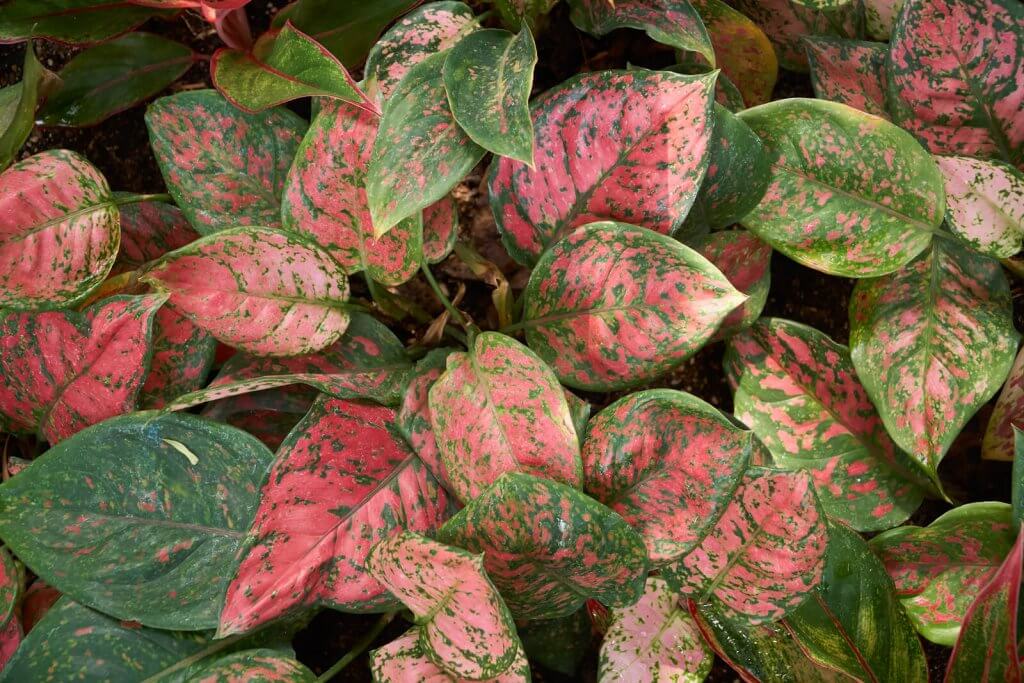
Chinese Evergreen
As with all houseplants, tropical houseplants do the best when they are in a humid environment. Many of us do not keep our homes and offices humid because it is not comfortable to live in an overly humid environment. So what can you do to care for your tropical houseplants in a dry climate?
Easy steps for the care of tropical houseplants in a dry climate
Fortunately there are several different things that you can do without compromising your own comfort. The idea is that you try to mimic tropical seasons and their variations for your plant, not necessarily for you. For example, a simple lamp may be enough to trick your plant into thinking that it is a certain season of the year. Follow these easy steps to better care for your tropical houseplants in a dry climate.
• During the winter, homes are less humid because of the dry heat that comes from typical home heaters. Using a humidifier can increase humidity levels in a dry climate.
• If you have multiple plants, group them together. Doing so allows all of the plants to benefit from the moisture that each of them lose through transpiration.
• If you have a room in your home where you can control the humidity, keep your most sensitive plants there. Orchids are a good example of a plant that needs special attention when it comes to humidity levels.
• Use a pebble tray to increase humidity for your plant. To do this, fill a dish or tray with small pebbles or rocks. Fill the tray with water. Set the potted plant on top of the tray. As the water in the tray evaporates around the plant, it increases its relative level of humidity. Simply make sure that the tray (which shouldn’t be touching the roots or soil of the plant itself) remains full of water.
• Do not place houseplants near heaters or radiators. Sharp temperature changes can stress and weaken the plants if these vents are turning on and off frequently.
• If you have a flowering tropical plant, remember that flowering plants prefer cooler spots, especially at night: temperatures around 60 degrees at night and around 60 to 70 degrees during the day.
• Most importantly, make sure that your plants are getting enough water as frequently as they need it. When purchased, plants usually come with a tag that provides watering information. Follow these instructions closely.
General watering rules
Watering your tropical houseplant is easy if you follow some simple rules. First, make sure that there is proper drainage in the pot that you are using. Excess water needs a place to go away from the roots of the plant. As long as there is proper drainage in your pot, even making the occasional mistake of over-watering should not cause too much damage. If you notice the soil is dry about an inch down from the surface or if you notice that the soil is pulling away from the sides of the pot, it is time to water your plant.
More resources
Specific areas around the country will have higher or lower levels of humidity and more or less temperature fluctuations. In order to get information about your specific plants in your specific area, the best place to visit is a nursery. Knowledgeable associates at your local nursery will most likely have tips that work well for your unique circumstances, especially if you visit the same nursery where the plant was originally purchased from. If you do not receive good advice form your nursery, you can look for care instructions for your plant online or from any number of publications.